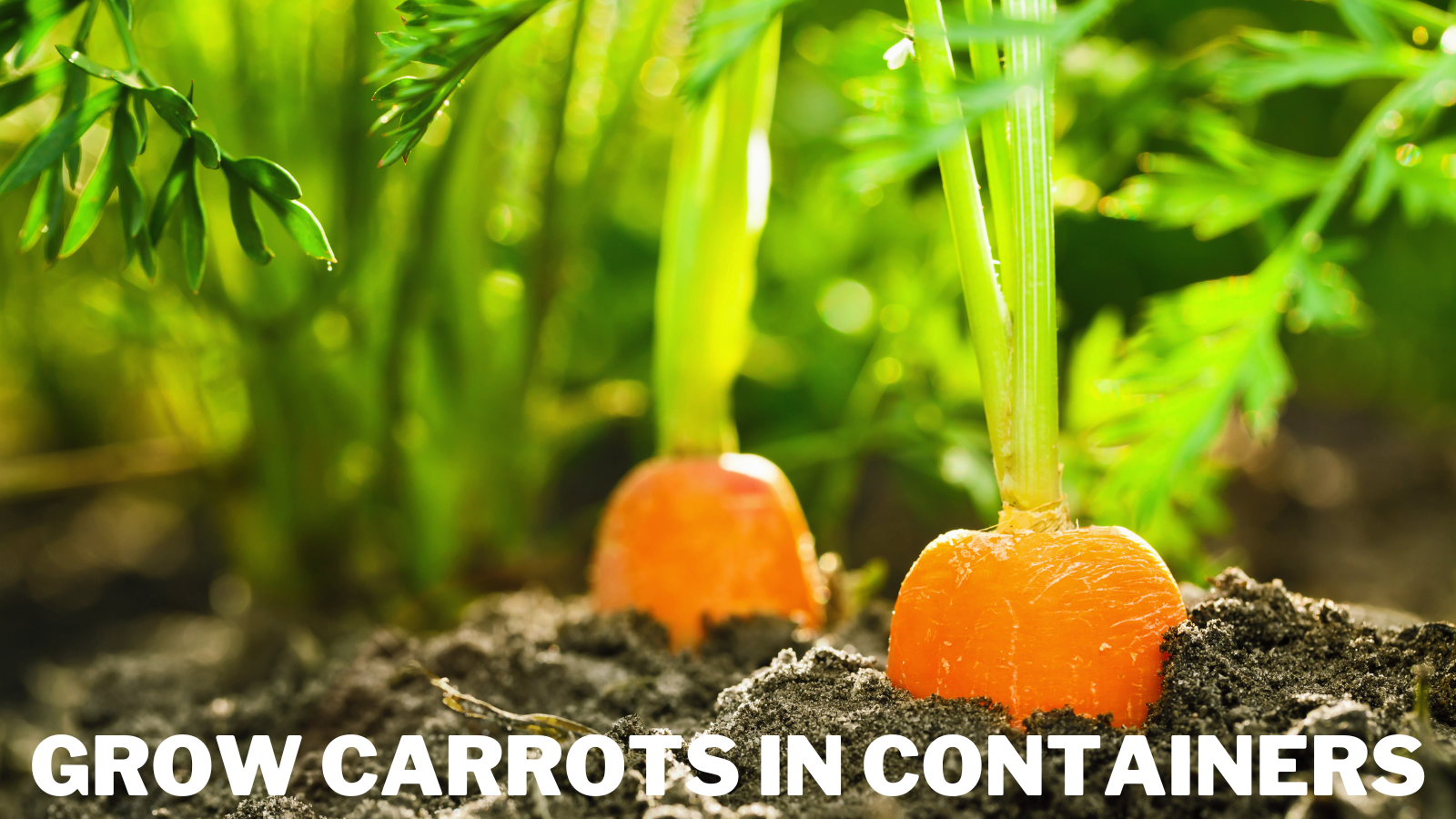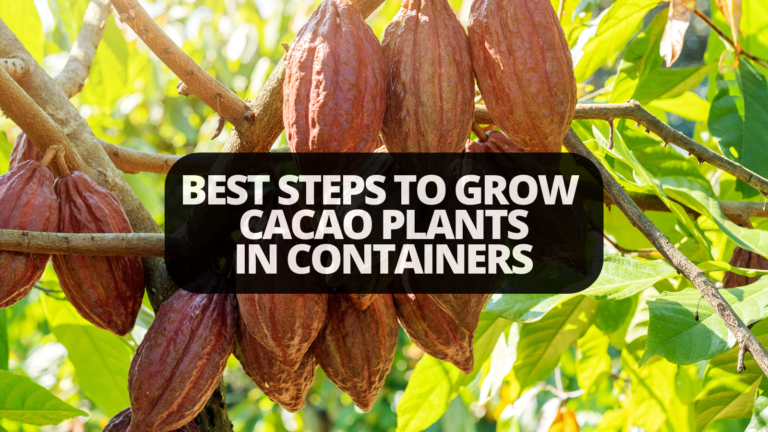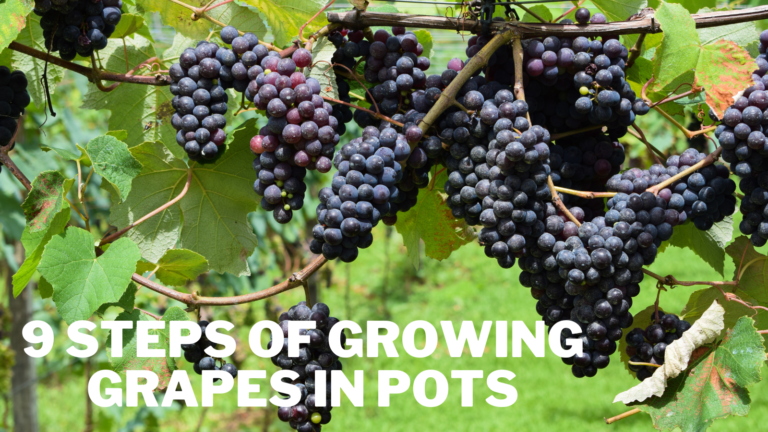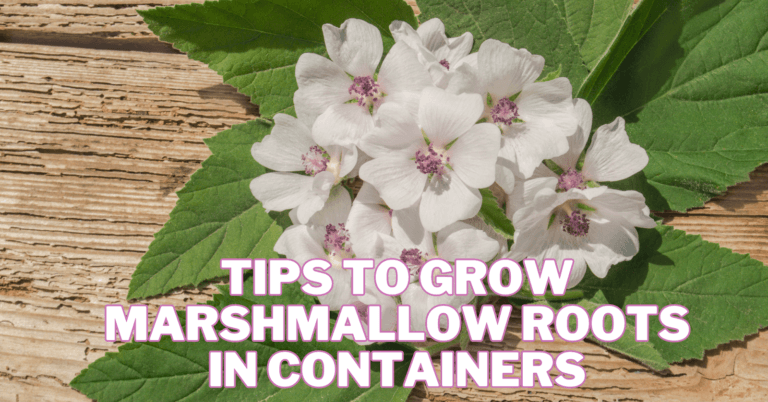Best Steps To Grow Carrots In Containers
Best Steps To Grow Carrots In Containers
Carrots grown in containers are an excellent alternative for beginners and gardeners with limited space.
In truth, it is much easier to grow carrots in containers than in the ground or on a raised garden bed, whether you're a beginner or not.
Gardeners producing carrots in containers avoid problems such as pests, poor soil, and garden weeds.
Continue reading if you're seeking the best steps to grow carrots in containers. I hope you’ll get a simple and great ideas.

History & Origin Of Carrots
Wild carrot seeds were presumably used as food or flavour before carrot roots were eaten. Carrot seeds dating back 4500 years have been discovered in ancient sites in Germany and Switzerland.
Carrot roots appeared in the historical record for the first time in the 10th century. Carrots probably grew in the territory that is now Afghanistan, Iran, and Iraq during that time.
Carrots expanded fast throughout the Mediterranean and into Europe later. According to historical data, domesticated carrots were grown in Europe during the 12th and 15th centuries.
Intriguingly, purple carrots seemed to be preferred in Persia and Arabia, whereas yellow carrots were preferred in northern Europe, though researchers aren't sure why.
When orange carrots first appeared in the historical record in the 15th and 16th centuries, carrots were likely to have undergone a second big selection event.
The first depictions of orange carrots may be found in Renaissance paintings from the 1500s. The Long Orange and Horn varieties of orange carrots were not described in writing until 1721!
Carrots began to be classified in Europe in the 1500s based on factors such as root shape, size, and harvest season.
- Horn (1618)
- Long Orange (1621)
- Round Yellow (1750)
- Yellow Belgian (1553)
- Paris Market (1850)
- Nantes (1870)
- Danvers (1871)
- Imperator (1618)
The Asgrow Seed Company's Imperator cultivar became popular in the United States.
Nutrition Facts About Carrots
The nutrition facts of two small-to-medium raw carrots (100 grams) are:
- Water: 88%
- Protein: 0.9 grams
- Fat: 0.2 grams
- Sugar: 4.7 grams
- Fibre: 2.8 grams
- Calories: 41
- Carbs: 9.6 grams
Health Benefits Of Eating Carrots
1. Lowers Cholesterol Levels In The Blood
- High cholesterol levels in the blood are a well-known risk factor for heart disease.
- Consumption of carrots has been associated with lower cholesterol levels.
2. Improves Eye Health
- Night blindness is more common in people with low vitamin A levels, which can be alleviated by consuming carrots or other foods high in vitamin A or carotenoids.
- As you age, carotenoids may help reduce your risk of macular degeneration.
3. Reduces Cancer Risk
- Carotenoid-rich diets may help protect against a variety of cancers.
- This covers malignancies of the prostate, colon, and stomach.
- Women with high amounts of carotenoids in their blood may have a lower risk of breast cancer.
- In older studies, carotenoids have been linked to a reduced risk of lung cancer, but subsequent research has not found a link.
4. Assists With Weight Loss
- Because they are a low-calorie food, carrots may help you feel fuller and eat fewer calories at subsequent meals.
- As a result, they could be a useful addition to a successful weight loss plan.
Note: Trusted Source, PubMed Central (Database from the National Institutes of Health)
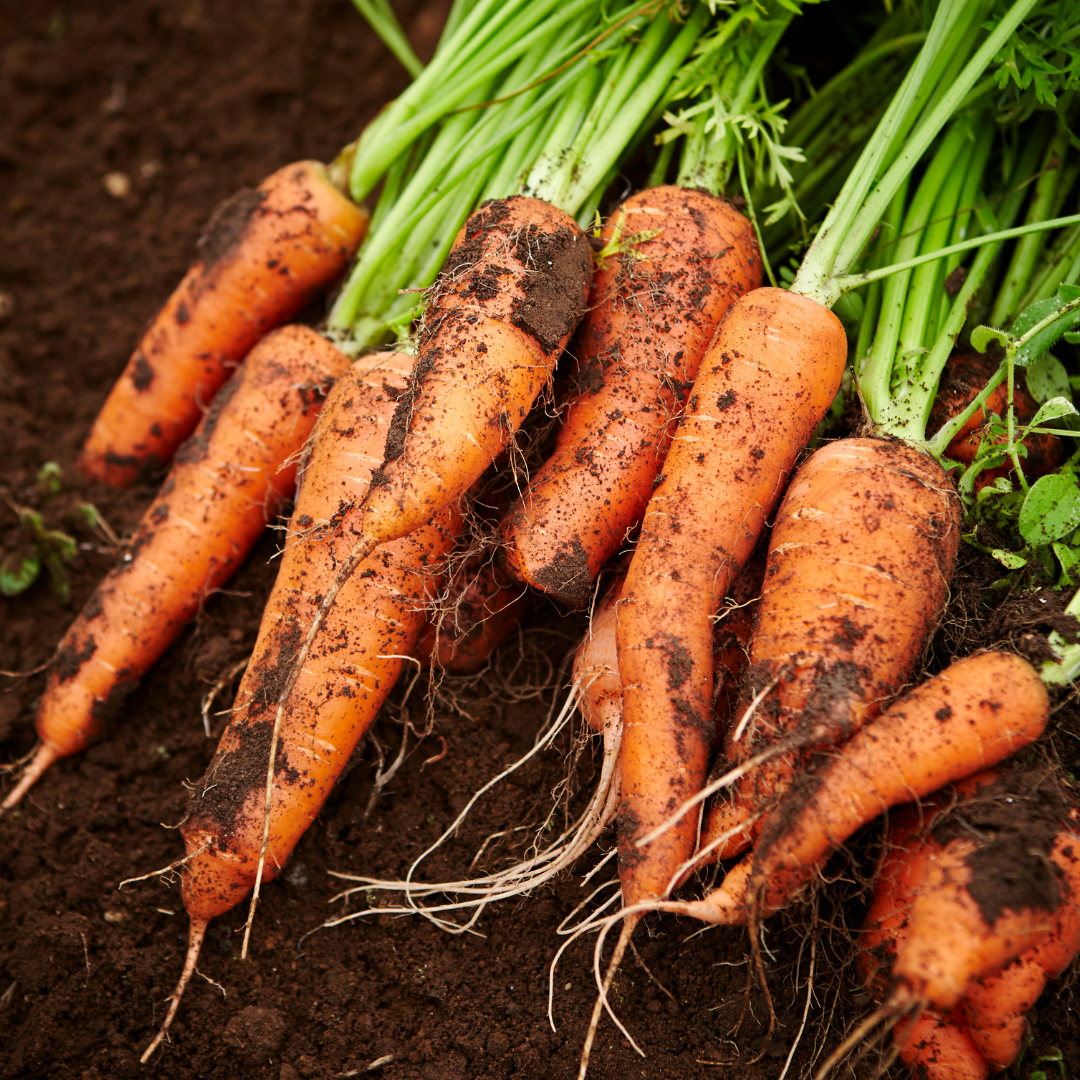
Best Carrot Varieties For Containers
The annual production of the 500 different types of carrots grown worldwide is estimated to be 36 million tons.
Carrots are one of the most popular vegetables and are well suited to container cultivation—plant wider, more sturdy carrot cultivars in containers for the best results.
Here is a list of carrot varieties for your container garden:
1. Scarlet Nantes Carrots
The Scarlet Nantes carrot sets the bar for high-quality carrots with its crisp, sensitive, and aromatic taproot.
It also pushes up its vivid orange shoulders earlier than other carrot kinds for a carrot of its size.
The Scarlet Nantes takes time to Maturity: 62-70 days. Length will be 6 to 7 inches. The container depth needed is almost 10+ inches.
2. Parisian Carrots
These circular roots, sometimes known as round carrots, are ideal for containers. They have crisp, crunchy roots and grow to be 1 to 3 inches across. The skin is quite thin and does not require peeling.
3. Little Finger Carrots
The Little Finger carrot is one of the popular varieties for growing carrots in containers. The Little Finger carrot is a Nantes-type gourmet carrot resembling little supermarket carrots.
Despite its modest size, the taproot is thick before tapering at the tip. The variety takes time to Maturity: 55-65 days. Length can be 3 to 4 inches. The container depth needs a minimum of 8+ inches.
4. Red-Cored Chantenay Carrots
The Red Cored Chantenay carrot is a nearly 100-year-old heirloom that has become a popular variety for home gardeners and market growers because of its constant size and deep taproot.
It's a Chantenay carrot, which means the taproot is more cylindrical and thick down the length of the taproot.
It takes time to reach maturity, 65-70 days. Length 5 to 6 inches. The container depth needed is almost 10+ inches
5. Oxheart Carrots
Oxheart carrots get their name from their likeness in form and size to a beef heart. These Chantenay-type carrots are short, reaching 3 to 5 inches long, but they are enormously wide at the top, easily exceeding 1 pound at maturity. Carrots with an oxheart shape
The flavour of Oxheart carrots is described as crisp and sweet but mild. Due to their large yet stout stature, they are an excellent yielder for small gardens.
It takes 80-90 days to maturity. Length is almost 3 to 5 inches. Container Depth Needed minimum 9+ inches.
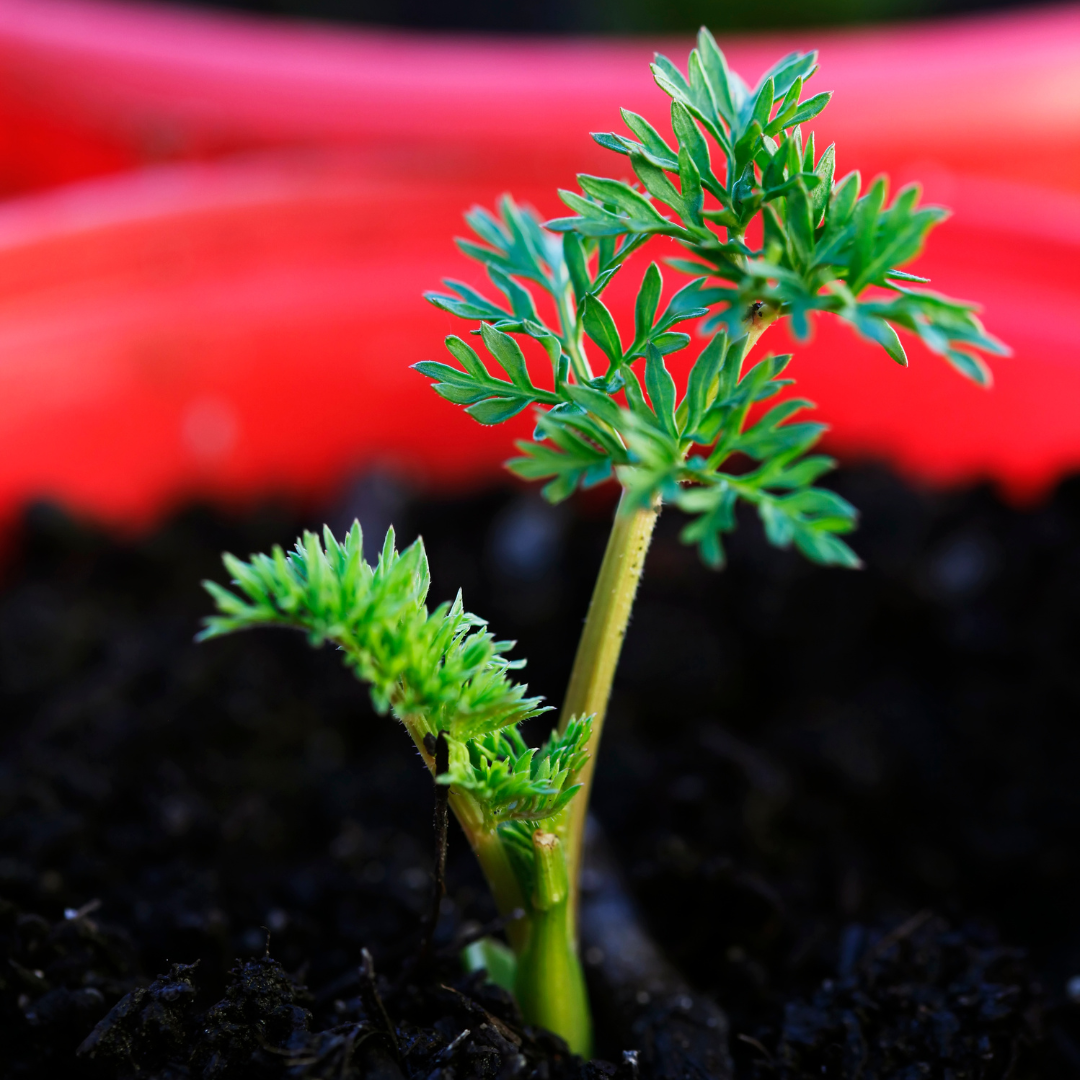
Steps To Grow Carrots In Containers
1. Find The Perfect Planting Time To Grow Carrots
Carrots are a cool-season crop that can be cultivated in nearly any environment (USDA Zones 3-11).
Start spreading seeds 2-3 weeks before the last frost date and keep doing so until around 8 weeks before the average first frost date.
If you reside in a hot area (USDA Zones 9b-11), wait for the temperature to calm down before planting carrots in the fall and winter. Sow carrot seeds every 2-3 weeks for a consistent harvest throughout the growing season.
2. Choose A Container To Grow Carrots
The depth of the container depends on the kind of carrots. You'll need a container twice as deep as your carrot variety's mature size.
A 12-inch deep pot will be adequate for the vast majority of possibilities. On the other hand, a larger, deeper tub-style planter might be desirable for longer carrots.
Ensure your container has enough drainage holes to avoid wet soil, which can lead to root rot. Fill your containers with pre-mixed organic potting soil for maximum moisture retention.
3. Soil Requirements To Grow Carrots
Carrots thrive in light, loose soil with good drainage and without twigs, stones, or other sharp objects.
Carrots will grow hard, awkwardly shaped, or with two or three legs if the soil or compost is not smooth and has impediments such as stones.
To use in your containers, obtaining good quality potting soil or preparing your own is ideal. Make sure the pH of the soil is between 6 and 7.
4. Choose A Sunny Spot To Grow Carrots
Most carrot cultivars require at least six hours of direct sunlight to thrive. As a result, you should arrange your pots in a south or west-facing location throughout your home.
Remember that carrots are cool-season plants, so once the weather warms up around the end of the spring season, you may need to move your pots to a somewhat shadier area.
5. Watering Requirements To Grow Carrots
When learning how to grow carrots in pots, one of the most important things to remember is to keep the water level steady. Keep the soil slightly moist by watering it regularly and evenly.
Before watering, check the soil moisture level with your finger to determine if the medium is drying, and never let the soil dry completely. However, avoid overwatering the pots and causing them to become waterlogged.
Finally, minimize the watering frequency when your carrot roots are about to develop (after 3/4 of their maturity), as too much moisture at this period causes carrot growth cracks.
6. Spacing And Thinning Carrot Plants
Maintain a 2-4 inches spacing between each carrot plant, and thin off seedlings when they reach 2 inches in height.
7. Mulching Carrot Plants
Mulch carefully around your seedlings once they've grown into good seedlings. Cover any crowns that bulge above the soil level with mulch or soil after the roots grow to prevent them from turning green and bitter. Mulching will also help keep weeds out of your beds and save time and money.
8. Temperature Requirements To Grow Carrots
Growing carrots requires a seed germination temperature of 42-90°F (5.5-32°C), although the ideal seed germination temperature is 55-75°F. (12-24°C). Carrot seeds germinate in 1-3 weeks in most cases but much more slowly in colder climates.
During the growth season, the best taste of carrot roots is produced at temperatures between 60° and 72°F (15° and 22°C).
When growing carrots in pots, you can control the temperature by moving the containers to the shade if it's hot outside and to the sun if it's chilly.
9. Harvesting Carrots
The time it takes carrots to grow in pots varies depending on the variety. On the other hand, most types should be ready to harvest 75 days after germination.
When the tops are barely visible above the ground, it's time to harvest the carrots. Before pulling all the plants up, choose a few plants from various spots in the pot to ensure the carrots have fully developed.
10. Pests & Diseases Of Carrots
There shouldn't be severe insect or disease concerns using fresh soil and thinning your plants appropriately. Aphids, leafhoppers, and flea beetles are known to eat the leaves.
Most of these can be effectively dealt with by spraying a vigorous jet of water from your garden hose. In the event of a severe infestation, insecticidal soap or neem oil may be used.
It's critical to trim out your seedlings. If you don't, the proximity will produce a humid environment, promoting fungal development.
When you grow carrots in pots, the usual illnesses that bother garden-grown carrots aren't as big of an issue.
Alternaria, bacterial leaf blight, and carrot black rot are fungal and bacterial diseases to watch out for.
11. Getting Ready For The Next Carrot Crop
You can reuse the soil from your container for your future carrot harvest. If you've just finished harvesting your spring plantings, now is the time to start thinking about fall plantings.
The soil should be entirely changed every five crops, as it can get compacted and devoid of nutrients. Start with fresh, organically rich soil and plant a new batch of seeds to restart the cycle.
You may be able to grow year-round outside or within a heated sunporch, depending on where you reside.
If you have a garden, you might put the used potting medium in one of your plots or beds and let the soil's helpful bacteria replenish it.
Recipe Ideas For Carrots
I live a vegan lifestyle. Therefore, all the recipes are vegan-friendly.
1. Frosting Carrot Cake
Prep time: 40 minutes | Cook time: 35 minutes | Total time: 1¼ hours | Servings: 16
Ingredients
- All-purpose flour: 2 cups (we use gluten-free)
- Baking powder: 2 teaspoons
- Ground nutmeg: ¼ teaspoon
- Salt: ½ teaspoon
- Baking soda: 1 teaspoon
- Chopped pecans: 1 cup
- Ground ginger: ¼ teaspoon
- Eggs: 4 (we use 4 bananas for a vegan version)
- Vegetable oil: ¾ cup
- Unsweetened applesauce: ½ cup
- Granulated sugar: 1 cup
- Light brown sugar: ¾ cup, packed
- Ground cinnamon: 2 teaspoons
- Carrots: 3 cups, finely grated
- Vanilla extract: 2 teaspoons
- Cheese frosting
Method
- Preheat the oven to 350° Fahrenheit.
- Butter two 9-inch round cake pans, line them with parchment paper, butter and flour, and shake out excess flour.
- If you have some, line the pans with water-soaked cake strips.
- Combine flour, baking powder, soda, salt, cinnamon, nutmeg, and ginger in a mixing bowl.
- Combine vegetable oil, applesauce, eggs (or mashed bananas), granulated sugar, brown sugar, and vanilla in a large mixing bowl with an electric mixer.
- Mix in the dry ingredients until thoroughly combined. Just toss in the grated carrots to make sure they're properly distributed. Evenly distribute the batter between the two cake pans.
- Preheat the oven to 350°F and bake for 33 to 38 minutes, or until a toothpick inserted in the center comes out clean. Remove from oven and cool for 10 minutes in the cake pan before inverting onto a wire rack to cool entirely.
- If using, sprinkle chopped pecans on top of the cakes. Keep the cake refrigerated in an airtight container.
2. Glazed Carrots
Prep time: 5 minutes | Cook time: 15 minutes | Total time: 20 minutes | Servings: 6
Ingredients
- Carrots: 1½ lbs, peeled and cut into ½-inch thick slices
- Vegan butter: ¼ cup
- Salt: ¼ teaspoon
- Brown sugar: ¼ cup
- Parsley: 1 tablespoon, chopped
Method
- In a large pan, combine the carrots and 1½ cups of water. Bring the carrots to a low boil and then reduce to low heat.
- Cook, occasionally stirring, for 8-10 minutes or until carrots are soft. Any surplus water should be drained.
- Add butter, brown sugar, and salt to the pan. Toss the carrots in the dressing to coat them.
- Cook, stirring periodically, for another 4-5 minutes or until a sauce has formed.
- If preferred, garnish with parsley before serving.
3. Carrot Soup
Prep time: 20 minutes | Cook time: 40 minutes | Total time: 1 hour | Servings: 4
Ingredients
- Carrots: 2 pounds
- Olive oil: 2 tablespoons
- Yellow onion: 1½ cups
- Fresh ginger: 3 tablespoons
- Garlic: 3 cloves
- Vegan chicken stock: 8 cups
- Water: 4 cups
- Bay leaves: 2
- Thyme sprigs: 2-3
- Kosher salt: 2 teaspoons
- White pepper: 1 teaspoon
- Vanilla-flavoured vegan yogurt: 2 cups
- Vegan butter: 3 tablespoons
Method
- In a large stockpot, heat the olive oil over medium heat. Cook, frequently stirring, for 5 minutes or until the onions soften. Add the onion, ginger, and garlic.
- Combine the carrots, vegan chicken stock, water, bay leaves, thyme sprigs, salt, and pepper in a large mixing bowl. Bring to a boil, then reduce to low heat and cook for 35-40 minutes or until the carrots are soft.
- Remove the bay leaves and thyme sprigs, then use an immersion or a blender to puree the contents until smooth. Season with extra salt and white pepper to taste after incorporating the vanilla yogurt and butter.
- If preferred, top with a dollop of yogurt and fresh thyme.
>>>Please click here for more delicious vegan carrot recipes<<<
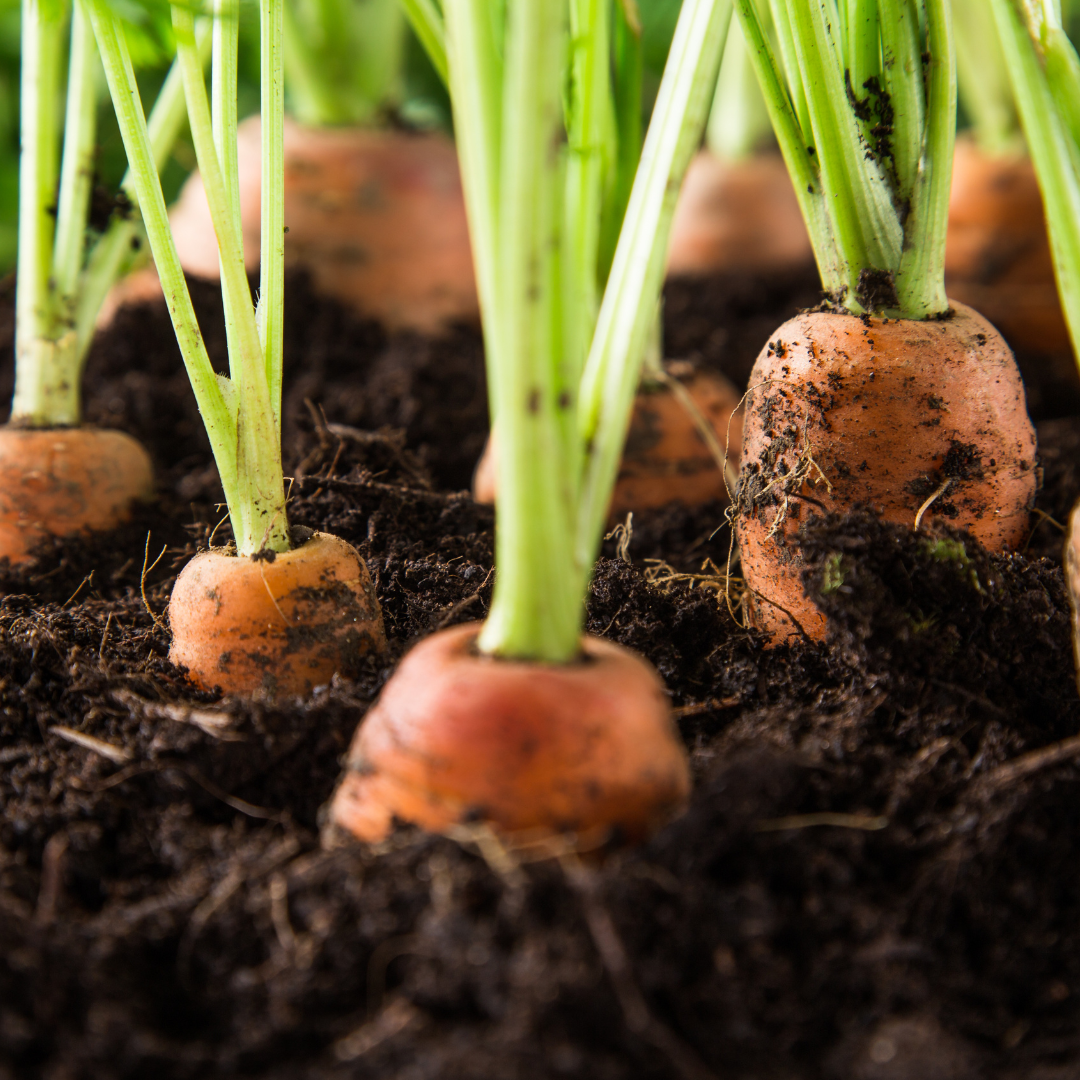
Conclusion
I hope the steps to grow carrots in containers will be helpful for you. If you have any questions or face any problems, feel free to ask here, and don’t miss trying the above recipes.
I trust you enjoyed this article on the Best Steps To Grow Carrots In Containers. Please stay tuned for more blog posts to come shortly. Take care!
JeannetteZ
>>>Please click here to read my all-inclusive article, About The Essential Companion Planting Guide<<<
>>>Please click here to read my all-inclusive article about Container Gardening<<<
>>>Are you interested in homegrown herbs and medicine? Please click here to find out more about it!<<<
Your Opinion Is Important To Me
Do you have thoughts, ideas, or questions? I would love to hear from you. Please leave me your questions, experiences, and remarks about this article on the Best Steps To Grow Carrots In Containers in the comments section below. You can also email me at Jeannette@Close-To-Nature.org.
Disclosure
This post may contain affiliate links. I earn from qualifying purchases as an Amazon Associate and other affiliate programs. Please read my full affiliate disclosure.
You might also enjoy these blog posts:
Top Reasons Why You Need A Dog In Your Life
9 Secret Techniques To Growing A Cherry Tree In Container
9 Steps To Growing Cantaloupe In Containers
Simple Ways To Grow Mulberries In Pots
9 Tips To Growing Fig Trees In Containers

